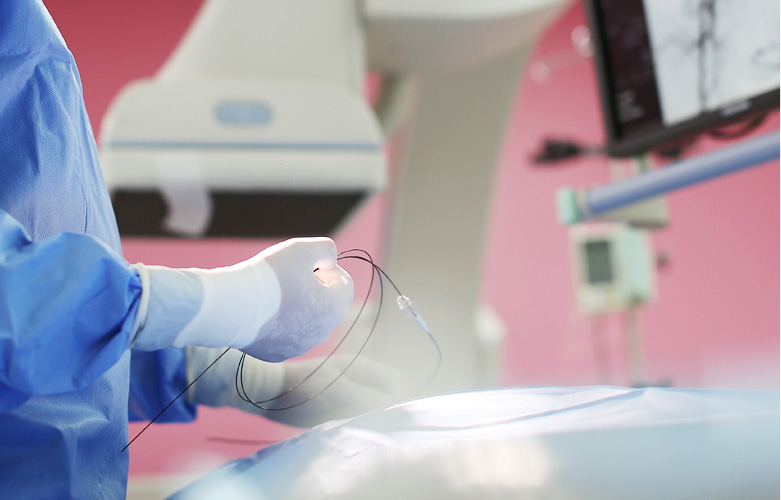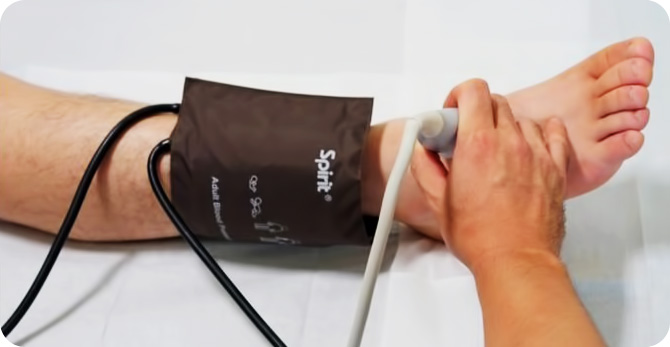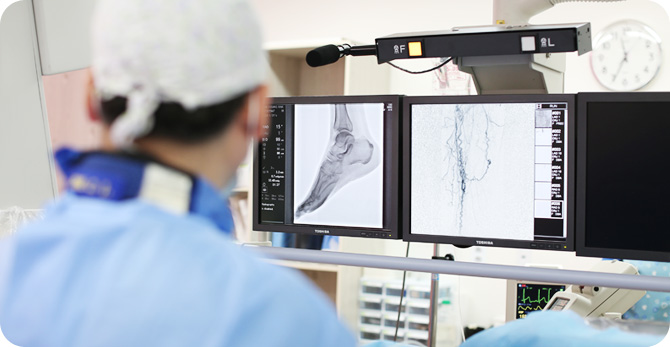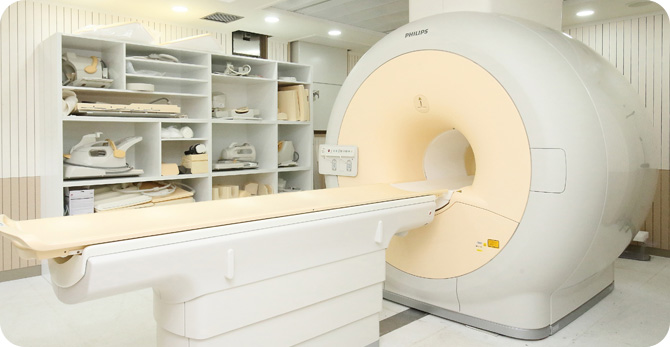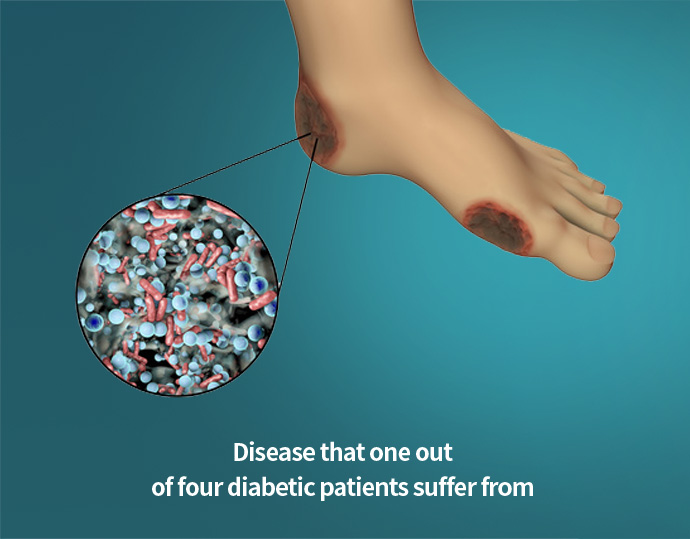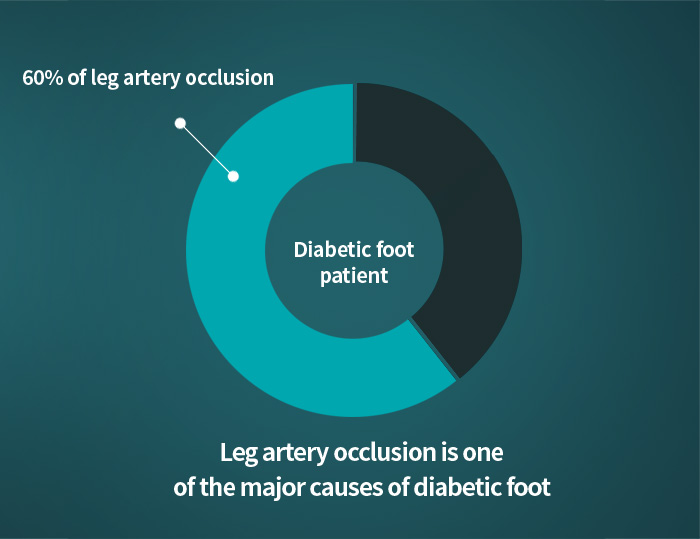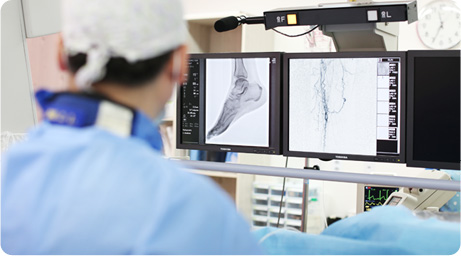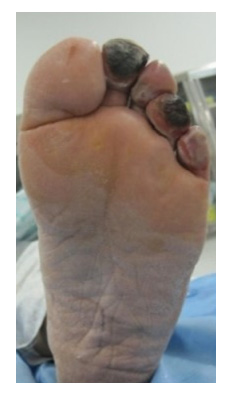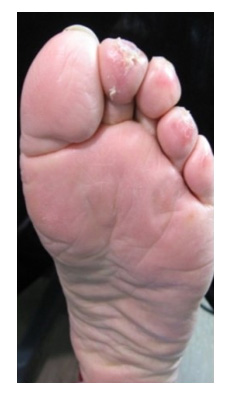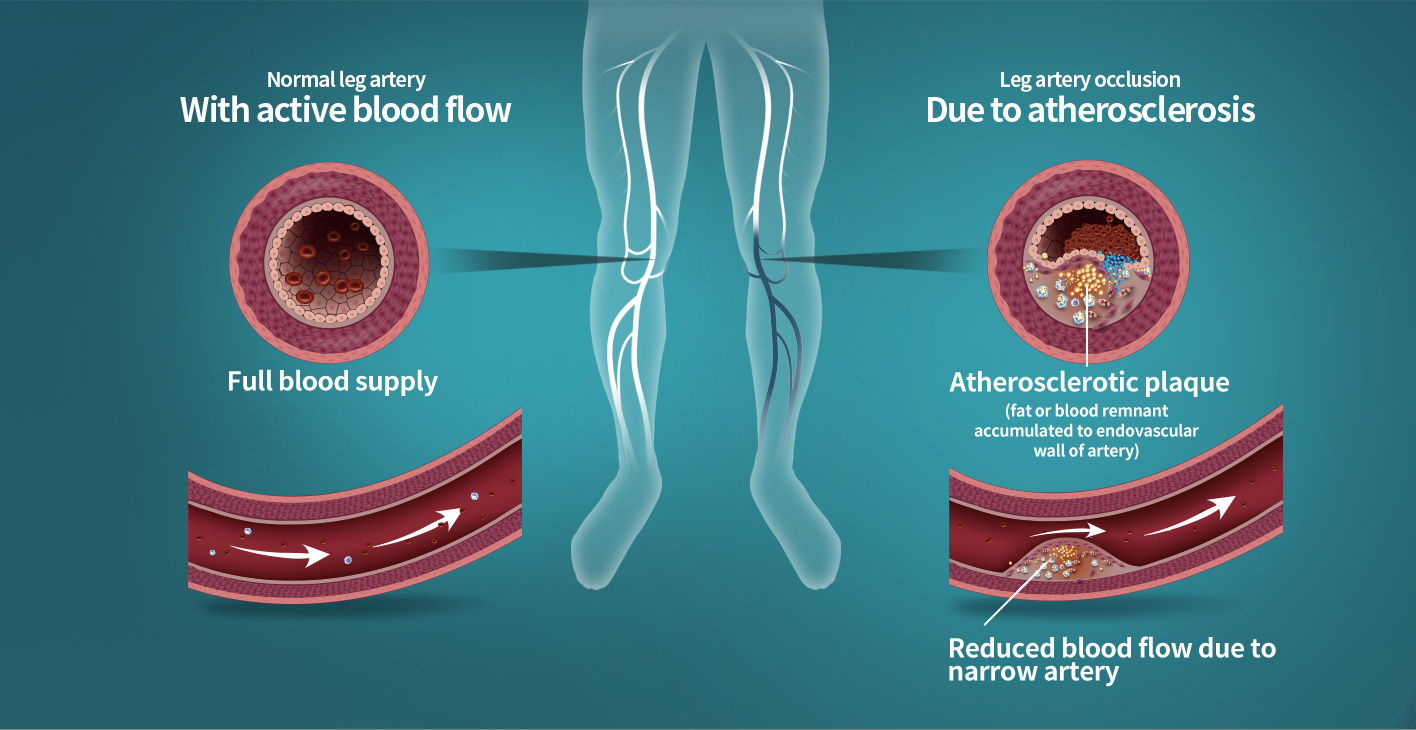
What is leg artery occlusion?
Leg artery, one of the peripheral arteries, supply blood from the heart to leg. If wastes in the blood narrow or occlude leg artery, blood circulation cannot reach to the end of toes,
and it is called leg artery occlusion (Peripheral arterial occlusive disease, PAOD)
This disease is most common amongst vascular diseases, increases exponentially after 40 and is most prevalent in 60~70s.
Those with risk factors of diabetes, hypertension, hyperlipidemia, smoking, and family history have 3~4 times the risk than general population. Hemodialysis patient vulnerable to vascular disease has higher risk.
 KakaoTalk
KakaoTalk Blog
Blog Facebook
Facebook Instagram
Instagram YouTube
YouTube NaverTV
NaverTV Korean
Korean Chinese
Chinese Russian
Russian


 Reservation
Reservation
 Home
Home